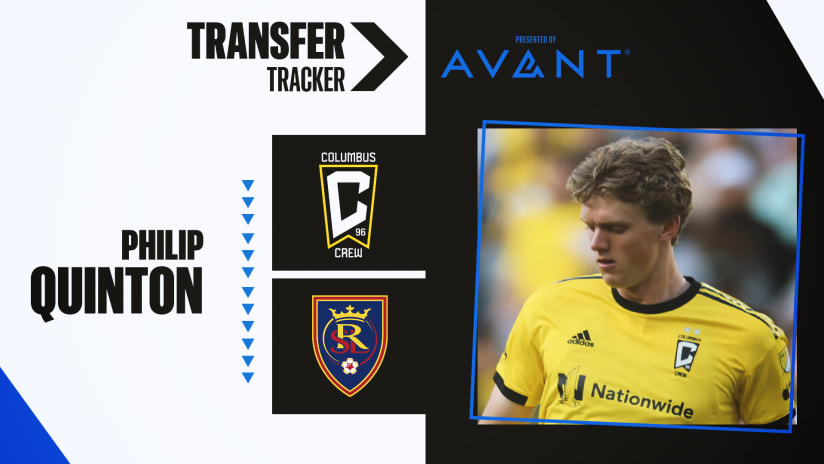U.S. Soccer announced a pair of major initiatives in youth development on Monday, changing the birth-year registration calendars from an August-May format to January-December and mandating new small-sided game participation and field size standards based on age groups.
Both initiatives will be fully mandated by August 2017.
The birth-year registration will change which age divisions youth players participate in. The current cutoff date in US youth soccer is Aug. 1, with the summer date inspired by its correlation to the academic calendar.
The international cutoff date, however, is Jan. 1. Monday’s announcement brings the US in line with the rest of the world and creates a system that US Soccer believes will combat relative age effect – the bias that favors more physically mature players who were born earlier in the year.
U.S. Soccer has said that the birth-year registration change will not force dissolution of age-group based teams that already play together, but will allow players to move up into older age groups. Birth-year registration applies to all youth players.
"I think the birth registration changes make everything easier," US Under-20 head coach Tab Ramos said in a statement released by U.S. Soccer. "Over the years you go through coaching youth and people are confused about what age group they're in, if they're supposed to be U-15 versus U-14, because they're born in such-and-such year, but they're born in June. This new calendar makes things easier for everyone. If you're born in a certain year you belong in that certain age group. It also gets us on the same calendar with the rest of the world, so now it becomes easier to identify for US National Teams and everything else when it comes to international soccer."
The small-sided standards will affect players from the U-6 to U-12 age groups. Field size and number of players per team will increase in size from 4v4 at U-6 to 7v7 and 9v9 as they age, eventually moving to a full 11v11 match starting with the U-13 age group.
The goal for the small-sided initiatives is to provide a more age appropriate environment that will “allow players a better opportunity to develop heightened soccer intelligence and on-the-ball skills.”
"Now you're playing 4v4, 7v7, and 9v9 at a young age and chances are the players are involved a lot more in those types of games," said Ramos. "Over a period of 10 years, there are thousands of more times that you've been involved in certain plays and that will speed up the process of players getting more comfortable. The players, by being involved in the play constantly, will learn how to make important plays, and make plays individually that can break down teams."











